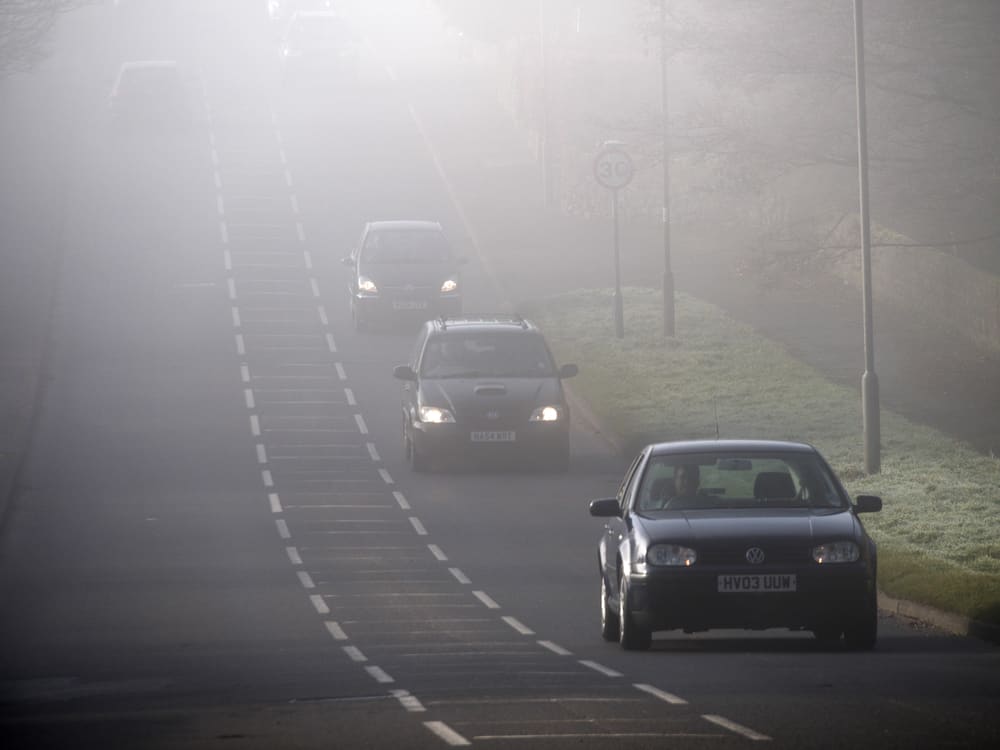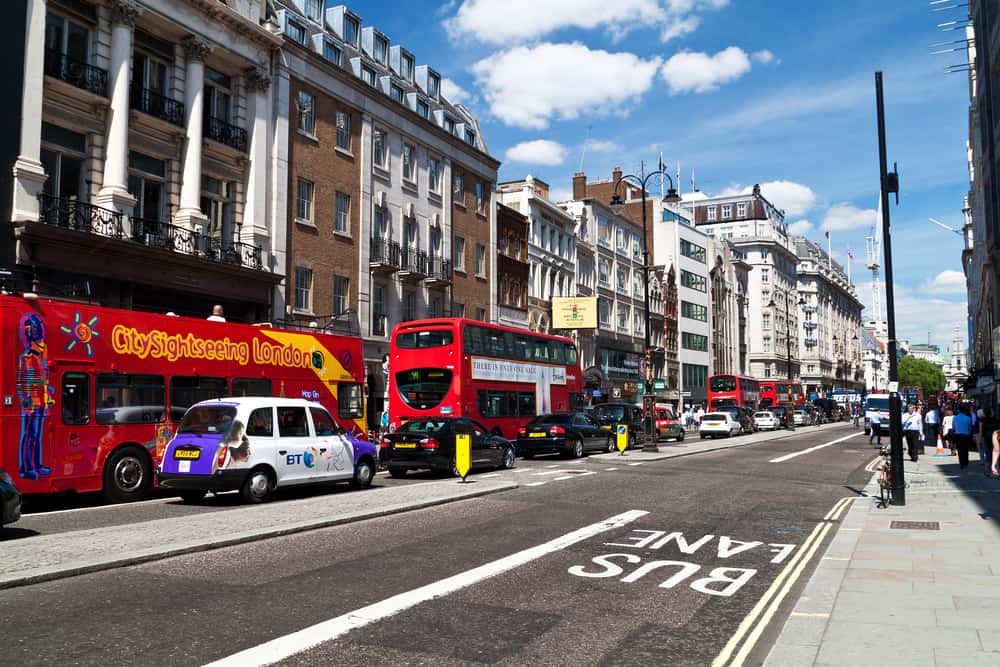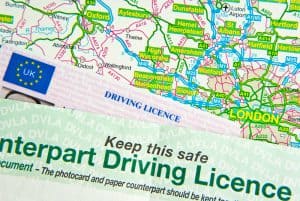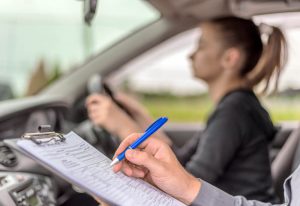Overtaking – Top Tips for Completing the Manoeuvre Safely
More help for you
Learning how to overtake safely is a vital skill
Recklessly completing this high-risk manoeuvre can put yourself and other road users in danger.
Research from the Brake road charity found that one in seven motorists had been forced to swerve or slam on the brakes because another driver had put them in danger by overtaking at an inappropriate time.
Although overtaking isn’t always against the law, it’s important to be cautious and use your judgement. If you’re stuck behind a slow tractor on a quiet road where you can see there is no traffic approaching, it can be perfectly safe. The problems come when some motorists exceed the speed limit to pass another driver out of impatience, without taking into account who may be coming around a bend that lies ahead.
In this article, we’re going to give you a step-by-step guide of how to overtake without endangering other road users -- and detail the warning signs which indicate that it will be unsafe to complete the manoeuvre without there being a high risk of an accident.
Making the Decision
You don’t want to rush when determining whether or not it’s an appropriate time to overtake. If you’re on a 60mph road and the person in front of you is going at 55mph, it’s likely that you would have to break the speed limit to complete the manoeuvre. This leaves you facing the prospect of a fine for overtaking when it was unnecessary.
If you’re confident that you can overtake at a sensible speed, you need to examine the road layout to see whether there are any bends or side roads where oncoming traffic could suddenly emerge from. Additionally, it’s crucial you double check for cyclists and motorbikes and glance at your rear view mirrors to see whether any motorists behind you are intending to overtake.
Always err on the side of caution when it comes to overtaking larger vehicles such as lorries and tractors because it will take you longer to return to the carriageway. Likewise, avoid attempting to overtake when visibility is poor -- as fog, mist and heavy rain often make it impossible to clearly see oncoming traffic and the layout of the road ahead.

It’s not advisable to overtake in unfavourable weather conditions
Completing the Manoeuvre
You should be keeping your distance from the vehicle in front as this gives you better visibility when you’re anticipating any hazards ahead. Generally, a gap of at least two seconds is what you should be aiming for.
Once you have checked for any blind spots by briefly looking over your shoulder, you should begin to make your way into the opposite lane so you can examine the road ahead for any oncoming traffic. If it’s unsafe to continue, you’ll then be able to return to your lane without affecting the flow of traffic. Make sure you use your indicators so the motorists to your front and rear know what your intentions are.
You will be able to abort the manoeuvre up until the point where you are alongside the person you are overtaking.
Once you’ve overtaken the vehicle, make sure you leave a generous gap so they won’t have to slam down on the brakes because you’ve cut in too abruptly.
Are you still not comfortable? Check this video for important steps.
It may not be legal
The Highway Code forbids you from overtaking vehicles which have come to a stop at a pedestrian crossing in order to let people pass, as naturally this can put them in danger. In addition, you should not enter bus or cycle lanes to complete a manoeuvre. Do bear in mind that many bus lanes aren’t in force 24 hours a day, so look out for signs which provide details about when they are in operation.

Bus lanes are in operation 24 hours a day if there aren’t any other times displayed
Some roads have a no overtaking sign, which is denoted by a red circle containing two cars alongside each other: one black, and one red. A sign will usually notify you when you have left a zone where overtaking is forbidden.
It’s also recommended that you avoid attempting to overtake other road users when you’re on the approach to junctions, nearing a school crossing, or queuing in traffic.
What You Should Do If Someone Is Overtaking You
The best advice here is to keep your speed constant. You can always slow down a little bit to ensure that the overtaking motorist can complete the manoeuvre faster -- and this also has the advantage of creating a nice gap between you. The one thing you should never do is attempt to speed up when someone has committed to an overtaking manoeuvre, as it puts both of you at risk.
There is a strong chance that questions about overtaking will appear in your theory test, so make sure you try out some mock questions in advance.
You may want to talk to your driving instructor about practising the manoeuvre under their watchful eye.



